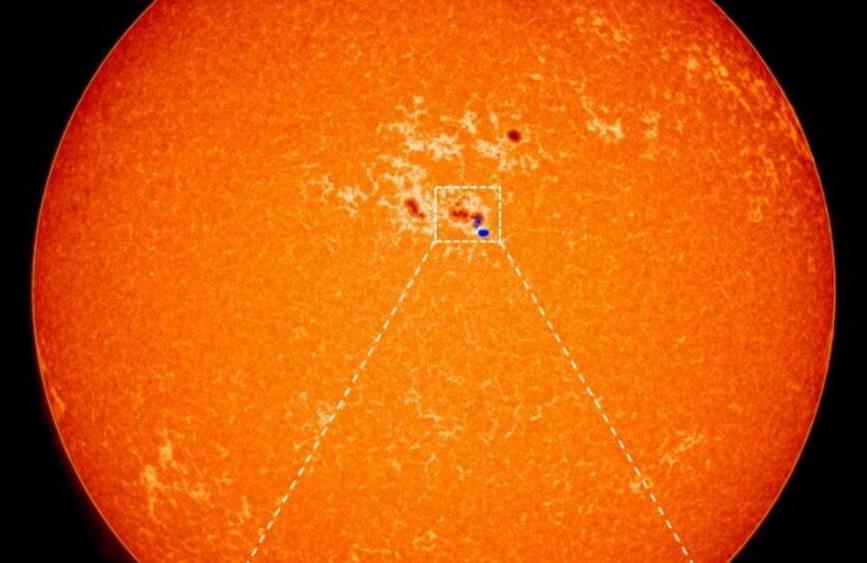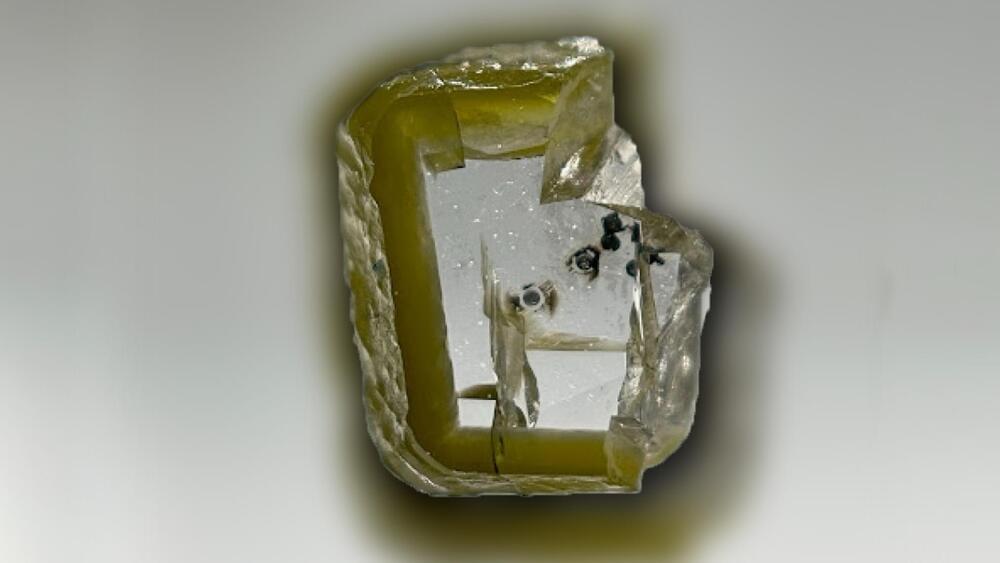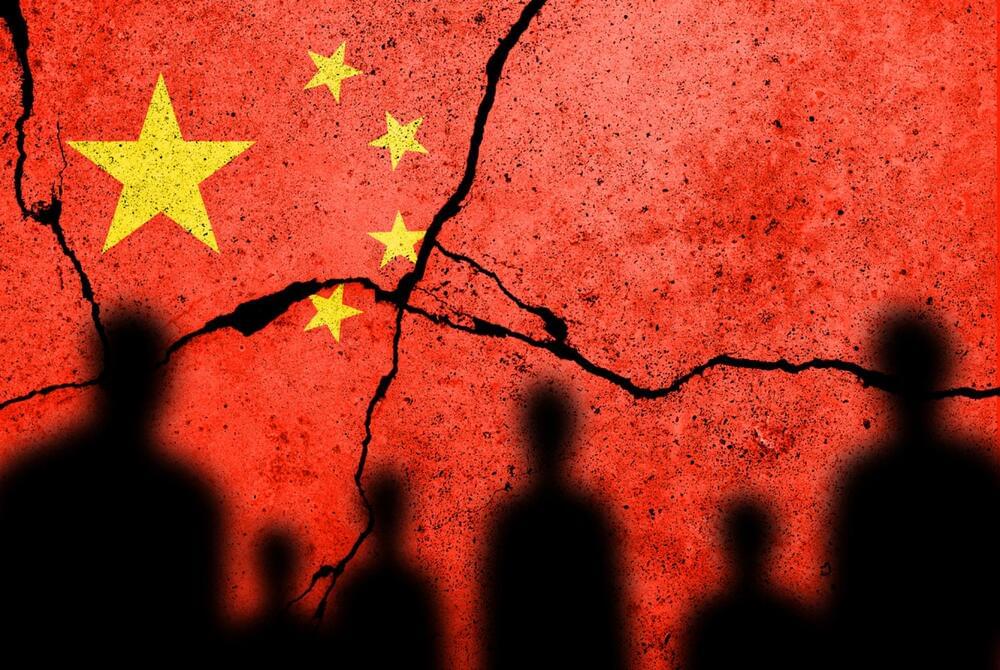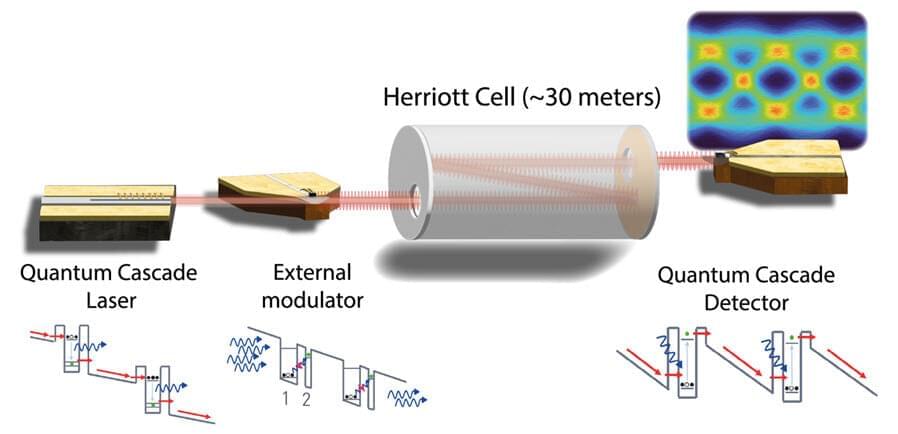The absence of the 21-centimeter hydrogen line allowed scientists to determine specific properties of the earliest galaxies in the universe.
An international group of astronomers, led by scientists at the University of Cambridge, just shed new light on the cosmic dawn of the universe, a press statement reveals.
The cosmic dawn is a very early period of the universe, during which the first stars and galaxies formed. The researchers used data from India’s SARAS3 radio telescope to analyze this period of the cosmos and determine mass and energy output limits for the first stars and galaxies.









